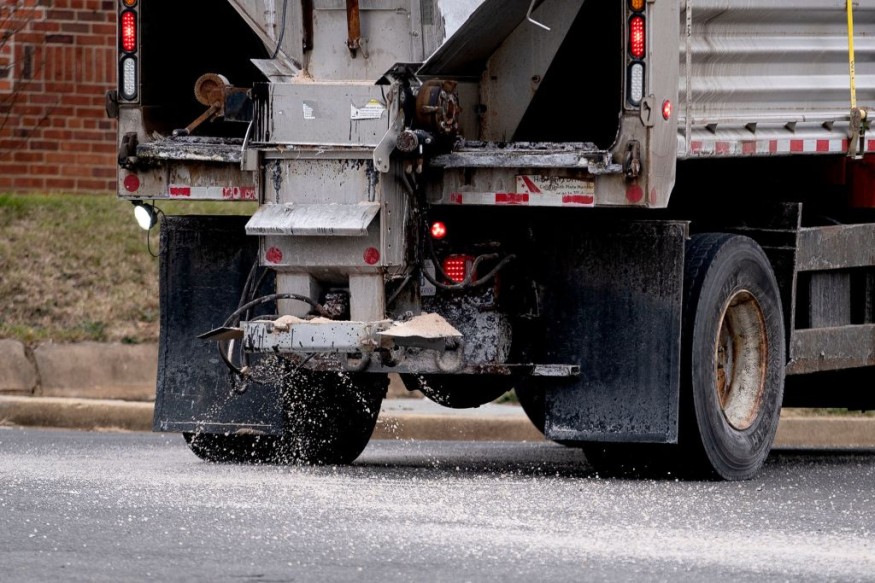
Recent study shows that widespread usage of salt is also harming aquatic habitats, aside the fact that humans have such a salt dilemma that isn't related to modern nutrition, although salt has been successful at dewatering our roads in the wintertime.
Seawater amounts judged acceptable by authorities in the United States, Canada, and Europe are insufficient to safeguard aquatic wildlife. The complexity and regular operation of these habitats are already seriously jeopardized.
Extensive Use of Salt Harms Freshwater Ecosystems
Experts compare rising solubility of salt in liquid to road salt, along with salt utilize in agricultural production, moreover researchers also want the political establishment to tighten its grip on the usage of sodium.
According to UC San Diego News Center, environmentalist Jonathan Shurin, salinity levels in streams and ponds throughout Northern America and Europe have risen in previous years as a result of road de-icing and findings in recent study states that the acceptable thresholds should be reduced accordingly.
Investigators carried out a series of tests at 16 different locations in the United States, Canada, Sweden, and Spain, observing the impact of rising tiers of table salt, which is amongst the most commonly used types of sodium in waterbodies.
Even at normal limits of chloride which is about 230 milligrams per liter in the United States and 120 milligrams for every liter bottle in Canada, there was a serious drop of zooplankton and a raise in phytoplankton, as per Science Alert.
Zooplankton is an important meal supply for fish larvae, and its elimination does have a significant impact. At salt detection limits endorsed in Canada and the United States, more than quarter of the zooplankton community died off at 73 % of the locations. And as zooplankton disappears, algae grow.
The Result of Extensive Use of Sodium
Shelley Arnott a Queen's University biologist explained in a statement that more algae in the waterways might result in a drop in aquatic vegetation, which might also damage creatures dwelling on the bottom of bodies of water.
The elimination of zooplankton, which leads to increased algae, has the power to affect lakeside ecological systems in dimensions which might disrupt the functions bodies of water supply, specifically entertainment possibilities, potable water supply, and aquaculture.
The fact that experts conducted such comparable observation at 16 different locations with identical findings indicates that the dilemma is the same regardless of regional changes in geography, agricultural management, as well as hydraulic conductivity. Sodium may stay in natural waters for generations, that is why it is critical to prevent salt from accumulating in the beginning
Furthermore, as per to the authors, the advantages of sodium consumption, such as reducing road collision must be thoroughly assessed alongside the environmental consequences, especially if environment changes as a consequence of global warming.
"The findings of this investigation demonstrate that the concentrations of saltwater that harm habitats are lesser than usual assumed, with fish, algae, as well as other creatures potentially getting damaged at quantities typically encountered in the wild," Shurin adds.
These standards are followed by mass transit authorities that determine how much and when to use sodium to roadways to reduce frost. Experts and Authorities ought to impose stronger limitations on sodium contamination if we wish to maintain aquatic environment in the foreseeable.
© 2026 NatureWorldNews.com All rights reserved. Do not reproduce without permission.





